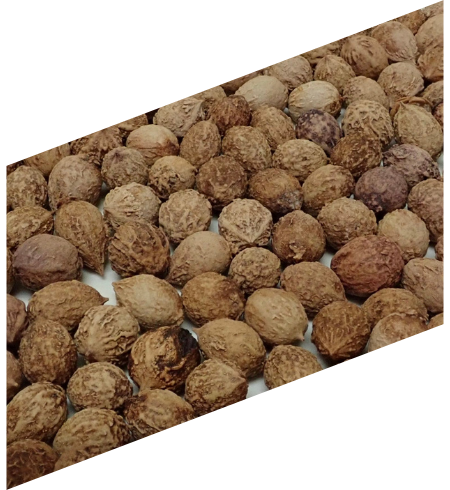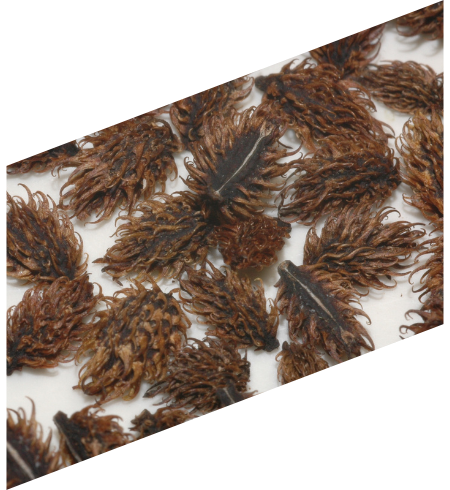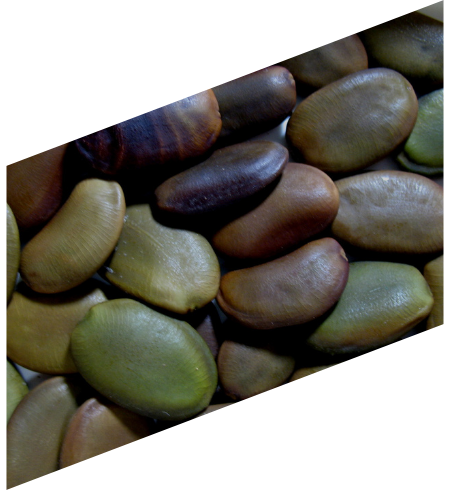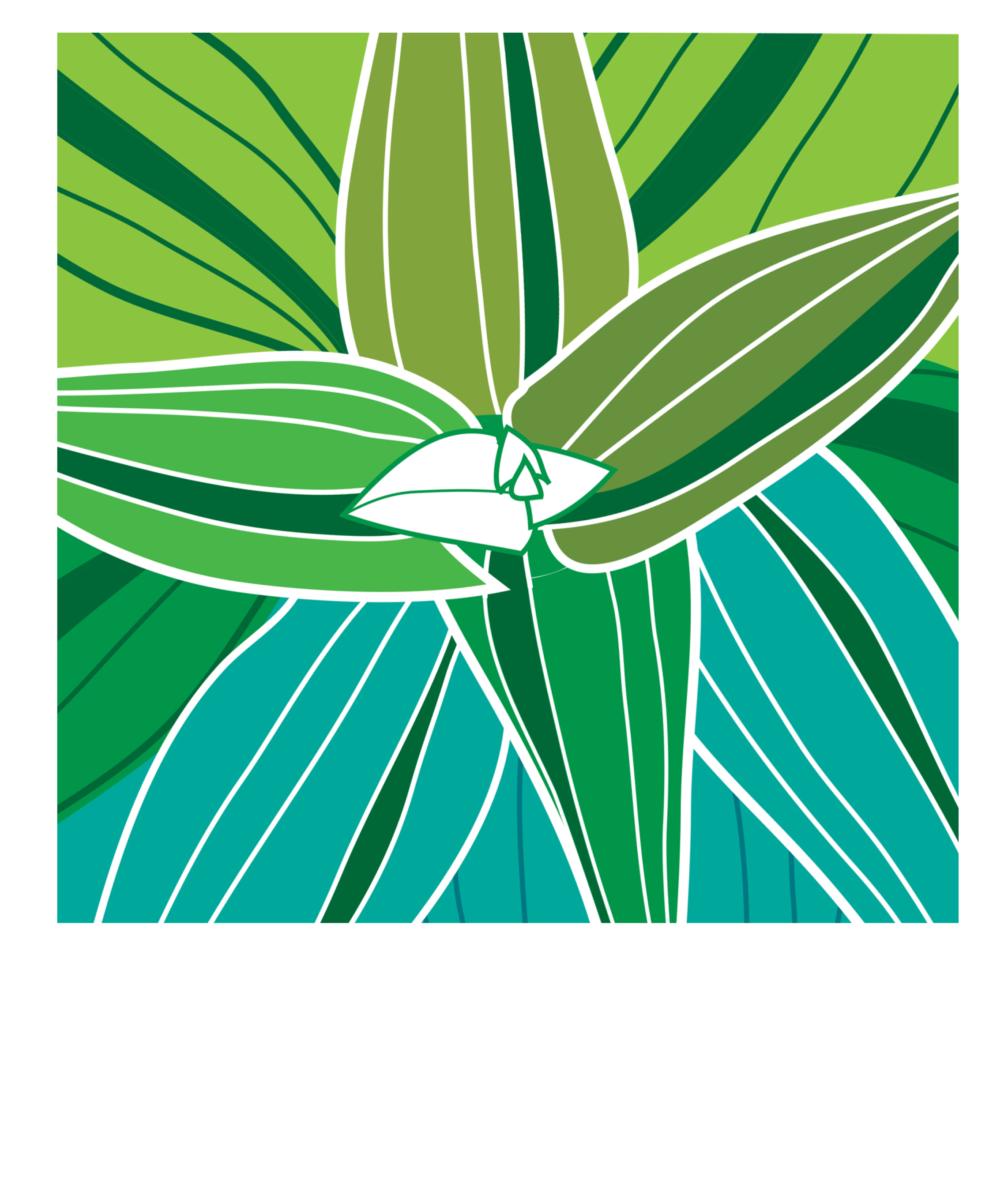
Hawaiʻi Seed Bank User's Guide
The Hawaiʻi Seed Bank Partnership (HSBP) created this User’s Guide for anyone interested to learn more about banking seeds of Hawaiʻi’s native plants. However, we designed it with conservation professionals in mind, especially (1) people and organizations permitted to collect seeds in the field, who use the services of one of HSBP’s major seed banks, i.e. Lyon Arboretum, Army Natural Resources Program on Oʻahu, National Tropical Botanical Garden, Hawaiʻi Island Seed Bank, Kauaʻi DOFAW Seed Bank, and Maui Nui Botanical Garden; and (2) people and organizations who store their own seeds at any other seed bank facility in Hawaiʻi. If you fall into category 2 and are not already a HSBP member, we invite you to join us! Contact us to learn more.

![]() The Hawaiʻi Seed Bank User’s Guide is published under a Creative Commons Attribution-ShareAlike 2.0 Generic license. You are free to copy, redistribute, and remix, transform, or build upon the material, under the following terms: You must give credit to the Hawaiʻi Seed Bank Partnership, indicate if any changes were made, and if you remix, transform, or build upon the material, you must distribute your contributions under the same license as the original.
The Hawaiʻi Seed Bank User’s Guide is published under a Creative Commons Attribution-ShareAlike 2.0 Generic license. You are free to copy, redistribute, and remix, transform, or build upon the material, under the following terms: You must give credit to the Hawaiʻi Seed Bank Partnership, indicate if any changes were made, and if you remix, transform, or build upon the material, you must distribute your contributions under the same license as the original.
Anyone interested in the 20+ years of collaborative scientific research behind the User’s Guide is encouraged to download (open access/free) the HSBP’s 2019 publication: Seed freeze sensitivity and ex situ longevity of 295 species in the native Hawaiian flora. (DOI:10.1002/ajb2.1351)

For seed bank users who are interested in the practical application of our research, instructions for the User’s Guide can be download above. A few critical things to know about seed banking first:
Harrington’s Rule of Thumb: Longevity of seeds in storage approximately doubles for every 1% decrease in moisture content or every 6°C (10°F) decrease in temperature (to certain points). However,
- some seeds do not tolerate desiccation/drying,
- most seeds do not tolerate cold storage until after desiccation to appropriate levels,
- some seeds do not tolerate freezing temperatures, even with appropriate desiccation, and
- all seeds still age, even under optimal storage conditions, and will eventually lose viability.
Therefore, the most important aspects of the User’s Guide for conservation are the following, which are included in the simplified version of the User’s Guide:
- Recommended drying protocols (whether standard desiccation is tolerated or not)
- Recommended storage temperature (frozen at -18°C or refrigerated at 5°C)
- Re-Collection Intervals (RCI), or the period of time within which seeds are likely to drop below 70% of their highest recorded germination, when they should be withdrawn, used, and re-collected (or possibly regenerated through propagation) to replenish seed bank collections
For more information on recommended seed banking protocols that generally apply well to Hawaiʻi, see the Center for Plant Conservation’s CPC Best Plant Conservation Practices to Support Species Survival in the Wild. The HSBP is also in the process of developing Hawaiʻi-specific best practices and recommendations for partners.
Some important points and caveats are worth noting up front.
On seed storage behavior:
- Orthodox seeds should be frozen for long term storage (> 10 years), but they can also be desiccated and refrigerated, often for 10+ years, if short to medium term storage is your goal.
- Freeze sensitive seeds decline in frozen storage but can still be refrigerated, often for 10+ years.
- Research on seed freeze sensitivity is relatively new. Work is ongoing to better understand mechanisms and alternative storage methods. The National Laboratory for Genetic Resources Preservation reports that all tested Hawaiian species with desiccation tolerant (including orthodox or freeze sensitive) seeds survive cryopreservation in liquid nitrogen.
- We have included all Hawaiian species in this guide. For those that have not been tested, we either inferred storage behavior from congeneric/family behavior when reliable, or we stated that these categories are unknown.
On seed longevity in storage:
- Seed longevity can vary by species, population, individual plant, environmental conditions, seasonal conditions, harvest timing, and especially post-harvest handling of seeds. Thus, species with few tests may need further research. We also encourage users to follow the Hawaiʻi Rare Plant Restoration Group’s Collecting & Handling Protocols to maximize collection quality.
- At some point within the RCI, there may be a steep/fast decline of seed viability in storage. If your seeds are especially valuable, we highly recommend at least withdrawing some seeds to test for viability early in the RCI period, if not before.
- These RCI guidelines cannot replace direct testing of individual seed collections to monitor viability in storage over time.

For further questions:
- Feel free to contact your local seed bank for collection-specific or species-specific advice and potential research updates.
| Location | Seed Bank | Contact | |
| Oʻahu | Lyon Arboretum | Nate Kingsley | nkingsle@hawaii.edu |
| Oʻahu | Army Natural Resources Program | Makanani Akiona | akionam@gmail.com |
| Kauaʻi | National Tropical Botanical Garden | Dustin Wolkis | dwolkis@ntbg.org |
| Kauaʻi | Kauaʻi Division of Forestry & Wildlife | Denise Duenas | denise.h.duenas@hawaii.gov |
| Hawaiʻi | Hawaiʻi Island Seed Bank | Jill Wagner | jillwagner3@icloud.com |
| Maui | Maui Nui Botanical Garden | Tamara Sherrill | tamara@mnbg.org |
